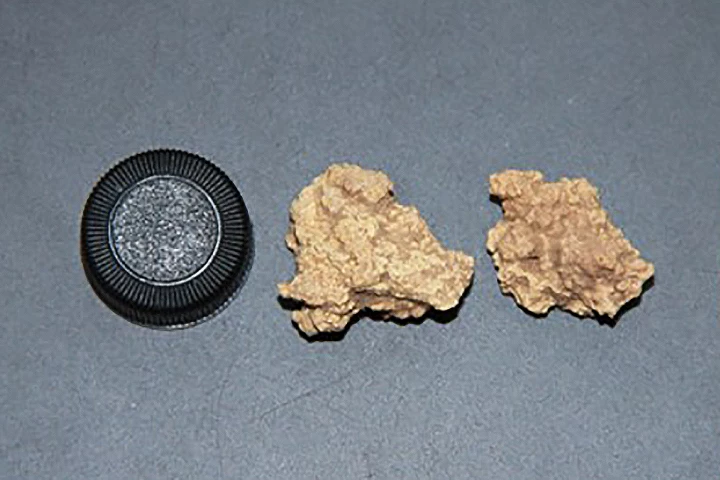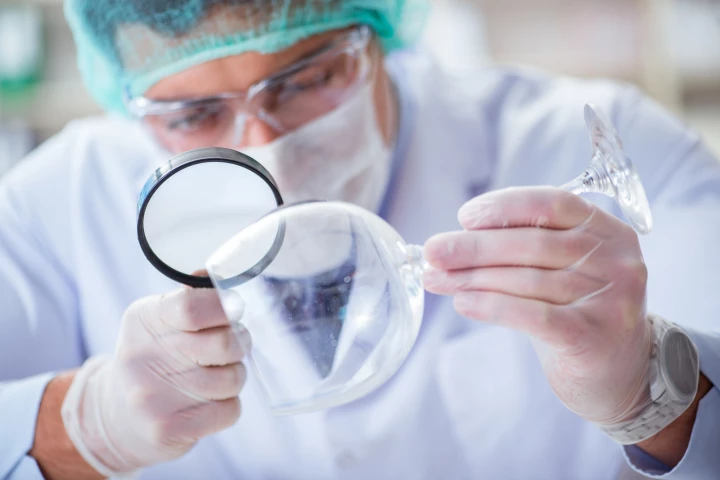DNA
-
Taking a vitamin D supplement can knock years off your biological aging, according to the results of a large, long-term study. This may not seem like a lot, but it's a significant amount as you become increasingly susceptible to disease as you age.
-
Researchers at the University of Cambridge have identified a bunch of genes linked to obesity in dogs – and found the very same ones in humans predisposed to putting on weight too.
-
A new study is presenting a radical new theory of aging, suggesting two competing theories are actually intertwined. And even more controversially, the billions of dollars being invested in anti-aging treatments may be targeting the wrong mechanism.
-
Researchers at UCSF have developed a single genomic test that can quickly detect virtually any kind of pathogen in a patient. This allows for much quicker diagnoses, enables targeted treatment to begin sooner, and could lower healthcare costs.
-
Gathering genetic material from treetops in tropical rainforests would be a near-impossible task to perform safely by hand. That's why scientists have developed a system that allows a drone to do the job, without even touching the trees itself.
-
Bizarre clumps of organic matter found buried alongside Bronze Age mummies in China have now been identified as cheese. New DNA analysis has finally solved a long-standing mystery, and it makes it the oldest cheese ever found, dating back 3,600 years.
-
A full DNA computer is a step closer, thanks to a new technology that could store petabytes of data in DNA for thousands or even millions of years. The system can also process data, as demonstrated by solving sudoku puzzles.
-
If you've ever watched CSI, you'll know that suspects often leave incriminating traces of their DNA behind at crime scenes. According to a recent study, however, the amount of that genetic material could also point to a person's guilt or innocence.
-
If you're getting plenty of leafy greens, dark chocolate, nuts, and beans, you're probably doing fine. But if your diet is lacking, you might want to pay attention to this new eye-opening study that links a mineral deficiency issue to DNA changes.
-
In the event of a shark attack, it's very important to determine which shark species was responsible. A new study indicates that readily available medical gauze can be used by first responders to obtain that information.
-
Diet has a huge role in health and disease as we age, but making long-term changes are not easy. Now, researchers believe it only takes two months of eating differently to significantly reduce your 'biological' age across five major organ systems.
-
Scientists have assembled the most complete woolly mammoth genome in 3D, thanks to an incredible “freeze-dried” specimen. With its DNA preserved in a glass-like state, chromosomes were found for the first time, and even gene expression patterns.
Load More











